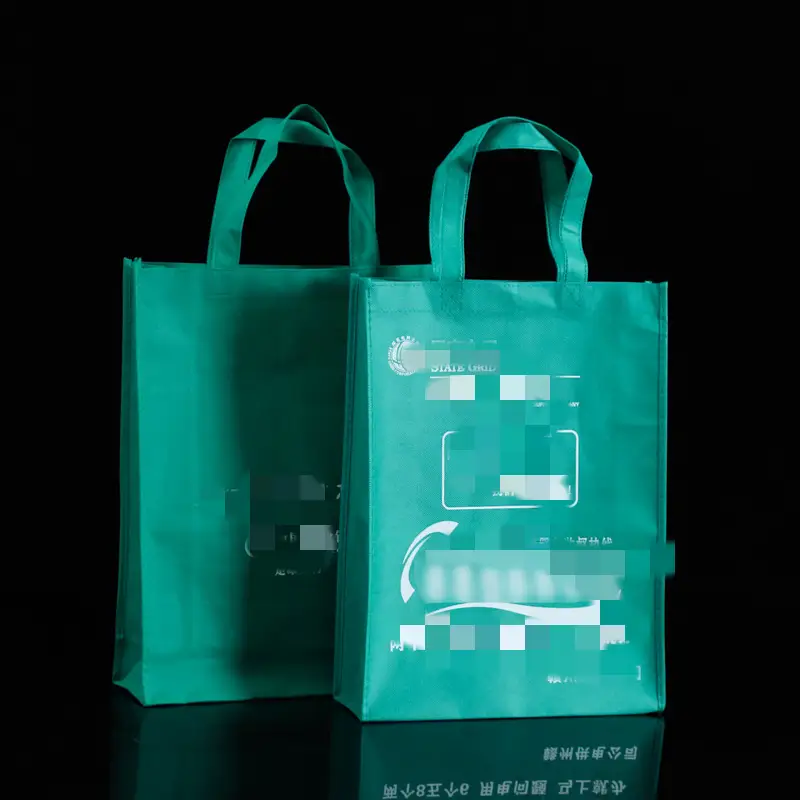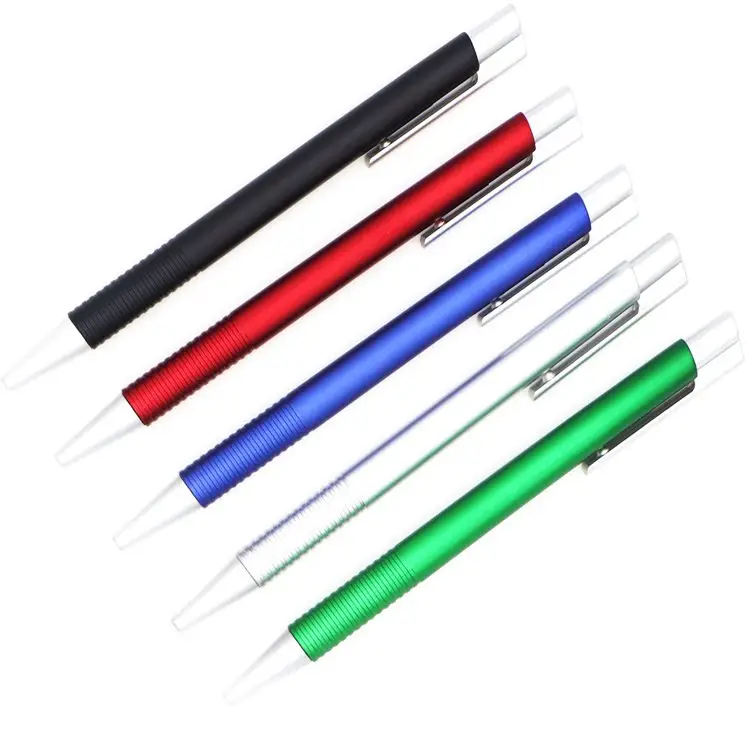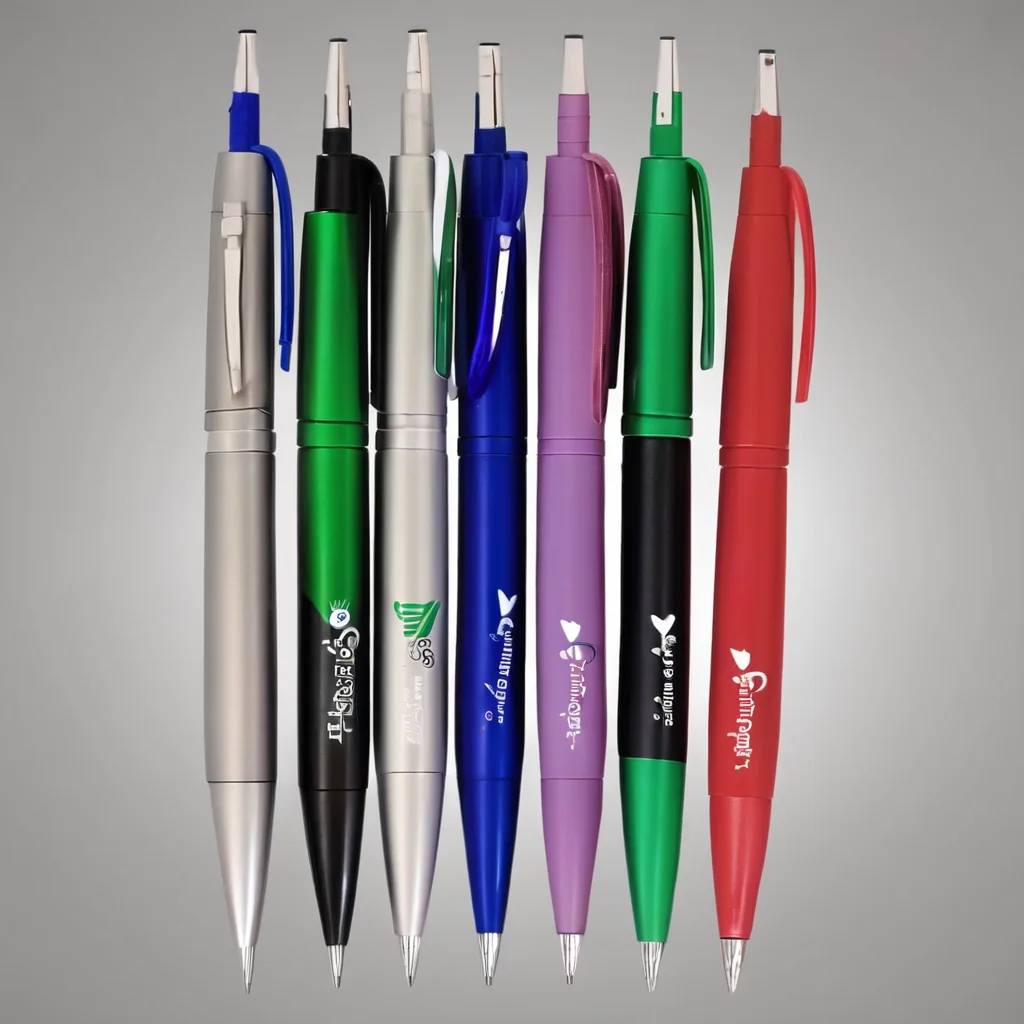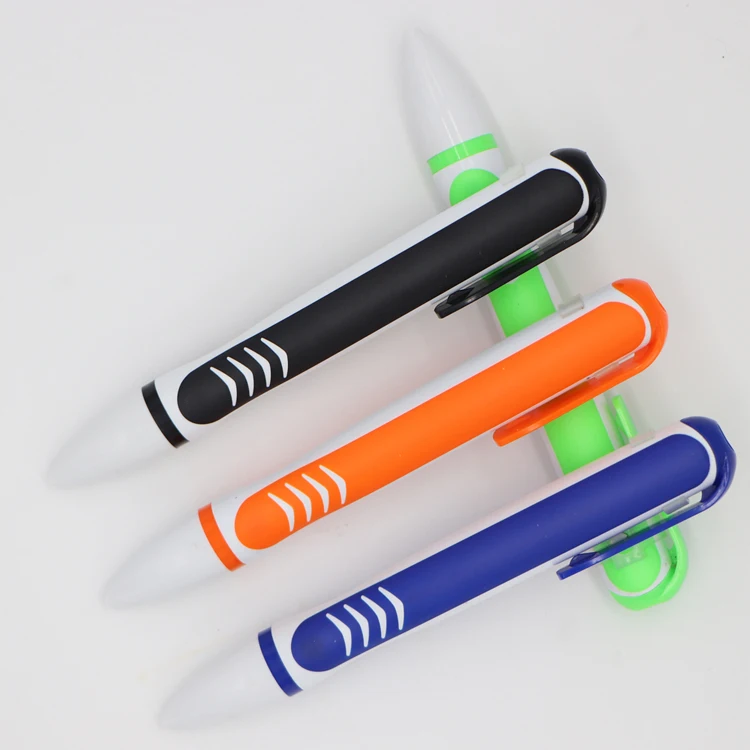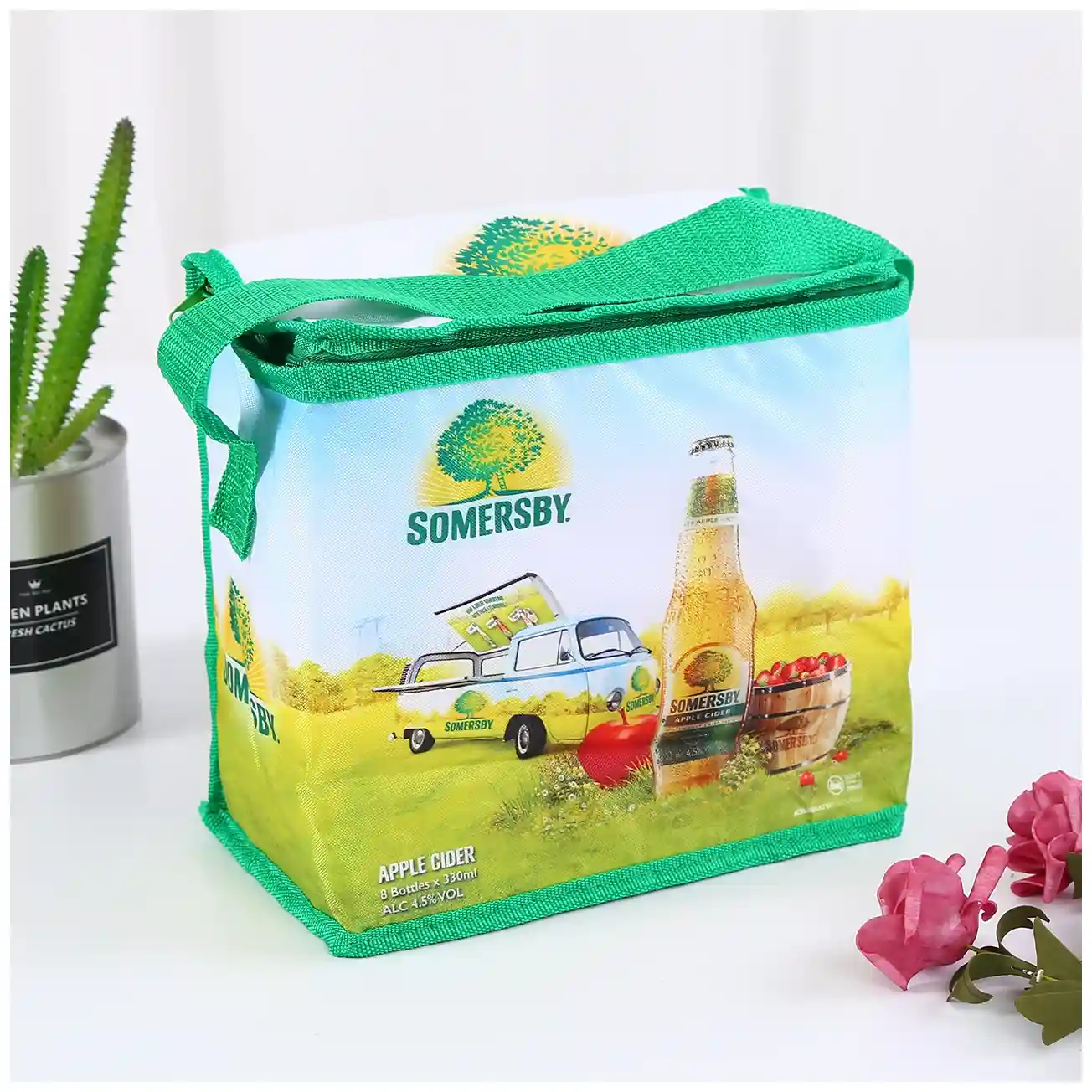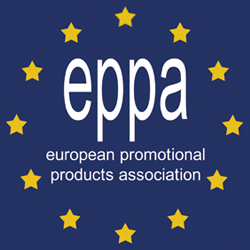Nowadays, non-woven handbags are more and more popular and favored by people. As an environmentally friendly, versatile and affordable alternative, non-woven tote bags are widely used in various fields. This article will analyze in detail why non-woven handbags are so popular, and illustrate them with practical examples.

The Rise of Environmental Consciousness
With the increasing awareness of environmental protection around the world, people are paying more and more attention to reducing the negative impact of plastic waste on the environment. Compared with traditional plastic bags, non-woven handbags are recyclable, durable, and environmentally friendly, making them an ideal choice under the background of rising environmental awareness. For example, supermarkets have begun to promote non-woven handbags instead of plastic bags. Customers can buy non-woven bags that can be used multiple times to reduce their dependence on plastic bags.

Durability and Versatility
Compared with disposable plastic bags, non-woven tote bags have higher durability, can be reused many times, and are more economical. Non-woven handbags are made of special textile technology, have strong tensile strength and wear resistance, and can carry heavy items. In addition, non-woven tote bags are also versatile and can be used in various scenarios such as shopping, traveling, and transporting items. For example, non-woven handbags can be used as shopping bags, school bags, luggage bags, gift packaging, etc., to meet the diverse needs of people.

Personalized customization and brand promotion
Non-woven tote bags can be customized to suit individual or business needs, expressing a unique personality and style. Whether it is corporate events, exhibitions, weddings, festivals, etc., customized non-woven handbags can carry corporate or personal logos, slogans, patterns, etc., and become a unique publicity carrier. For example, some brands will present customized non-woven handbags in specific activities. When customers carry these handbags, they will become the disseminator of the brand image, increasing brand awareness and exposure.
Comfort and Style
non-woven handbag
Comfort and fashion are also one of the reasons why non-woven tote bags are popular. Compared with traditional plastic bags, non-woven tote bags are more comfortable to use, and their soft touch and comfortable shoulder strap design reduce the pressure of carrying items. In addition, the non-woven handbag pursues a sense of fashion in design, and pays attention to the matching of appearance and color, making it a fashionable and fashionable accessory. Many people use non-woven tote bags not only for shopping and daily use, but also as a stylish accessory that showcases their personal taste and style.
To sum up, the reason why non-woven handbags are so popular is due to the combination of several reasons. The rise of environmental awareness has made people pay more attention to sustainable development and the reduction of plastic waste, and non-woven bags have become an environmentally friendly alternative. Durability and versatility make non-woven tote bags an affordable and practical option. Personalization and branding offer opportunities to showcase your personality and promote your brand. Whereas comfort and style add to the desire to use non-woven tote bags. Therefore, non-woven handbags have been widely used and welcomed in various fields, such as supermarket shopping, travel, publicity and promotion, etc. We believe that as people's demand for environmental protection and sustainable development continues to increase, non-woven handbags will continue to be favored and chosen by more people.
In training institutions, non-woven handbags are also widely used. Here are some examples to illustrate its application:
Packaging of student materials: training institutions usually provide student materials, such as course manuals, notebooks, stationery, etc. Non-woven bags can be used as packaging tools for student materials. By printing your training provider's logo and slogan on tote bags, you can increase your brand awareness and give your trainee materials a more professional and organized image.
Promotional gift giving: Training institutions often conduct promotional activities to attract potential trainees. At these events, custom non-woven tote bags can be given away as giveaways to participants. These tote bags can be printed with the brand information of the training institution, and carry some small gifts or promotional materials at the same time. This not only increases the satisfaction of the participants, but also provides training institutions with opportunities for publicity and branding.
Promotion of activities: Training institutions often hold various activities, such as seminars, lectures, open days, etc. Non-woven tote bags can play an important role in these events. For example, the date, time and location of the event can be printed on the tote bag so that attendees can easily carry relevant materials and brochures. In addition, non-woven tote bags can also be used as gift wrap for participants, allowing them to take away some souvenirs after the event.
Summarize:
In training institutions, non-woven handbags are widely used. They can be used for the packaging of student materials, promotional gifts, and event promotion. Through its durability, customizability and environmental protection features, non-woven tote bags not only provide practical solutions, but also provide training institutions with opportunities for brand display and promotion. The application of non-woven handbags in training institutions not only meets the needs of students and participants, but also helps to enhance the image and influence of training institutions.

